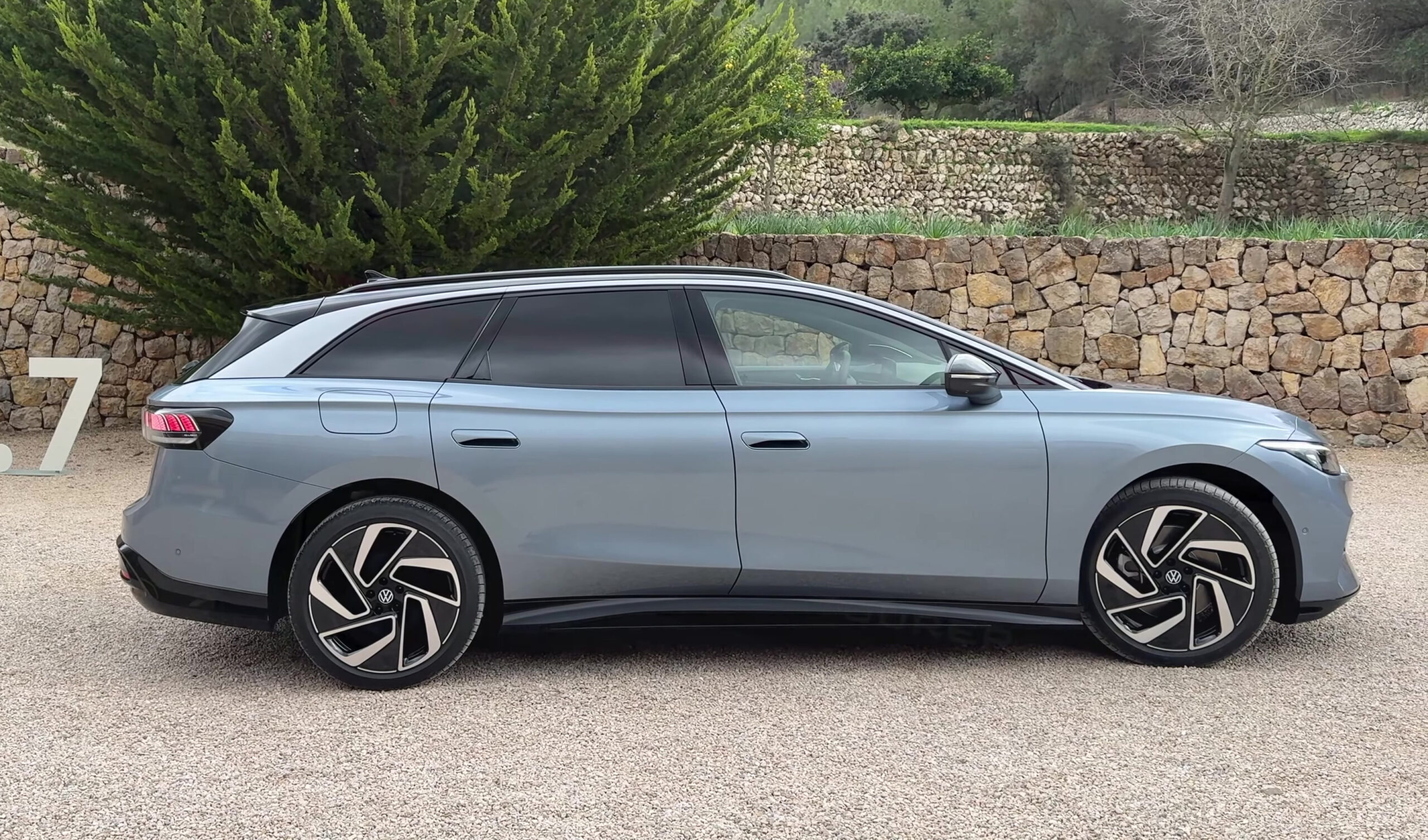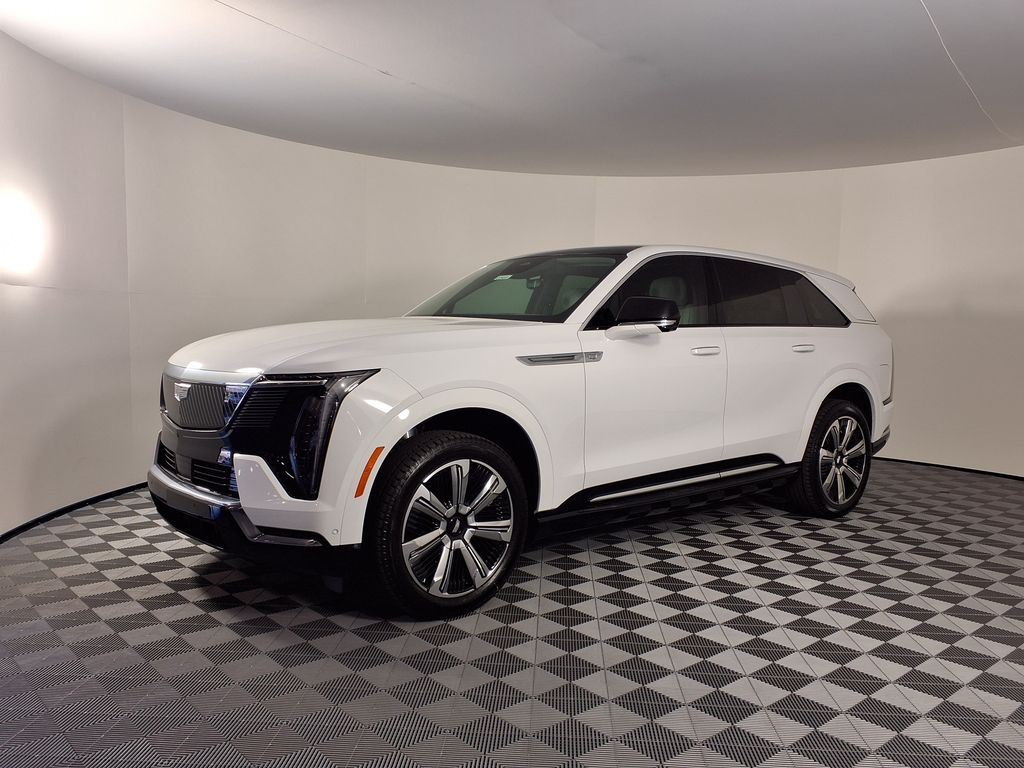
Alright, gearheads and casual drivers alike, let’s talk cars. Not just the shiny new metal rolling off the assembly line, but the machines that burrow into our lives, become part of our stories, and sometimes, even break our hearts. We all have that one car memory, don’t we? The first time you felt the rumble of a V8, the joy of a stick shift, or the way the sunlight hit the dash just right on a backroad cruise. For many of us, driving wasn’t just about getting from A to B; it was a rite of passage, a symbol of freedom, or maybe even our first true love.
But the automotive world, much like any relationship, has its highs and its soul-crushing lows. Reliability isn’t just some dry spec sheet number; it’s the bedrock of that bond. It’s the peace of mind knowing your chariot will get you there, day in and day out, without spontaneously deciding to impersonate a static art installation on the side of the highway. Because let’s face it, no one wants to spend their weekends wrestling with unexpected repairs or staring down repair bills that could rival a small country’s GDP. Reliability brings confidence, long-term value, and perhaps most importantly, the continued joy of ownership.
Today, we’re taking a deep dive into the extremes: the automotive titans that built legacies of ironclad durability, reaching stratospheric mileage with little more than a shrug and a routine oil change, and the infamous machines that made bold promises but fell flat on their faces, leaving a trail of frustrated owners and mechanic’s bills in their wake. We’re talking about the champions of dependability and the cautionary tales that remind us that sometimes, a car’s reputation can be a very different beast from its real-world performance. Get ready, because we’re about to explore the best and worst of what the auto industry has delivered over the years.

1. **Toyota Corolla (Various Generations)** When you talk about automotive dependability, the Toyota Corolla isn’t just a car; it’s an institution. Since its introduction way back in 1966, this unassuming compact has conquered the globe, not with flashy horsepower figures or head-turning aesthetics, but with an unparalleled commitment to simply *working*. Toyota’s genius lay in engineering a vehicle that was not only affordable to build but even easier to maintain, translating directly into fewer moving parts, less complexity, and a significantly reduced risk of anything going catastrophically wrong over the long haul.
Seriously, the Corolla’s ability to rack up hundreds of thousands of trouble-free miles is the stuff of legend. Owners don’t just *hope* to hit 200,000 miles; they expect it, often blowing past 250,000 and even 300,000 with nothing more than the basic tune-ups, a few oil changes, and maybe some new brake pads when the old ones finally give up the ghost. The powertrains, while never accused of being the most exhilarating, are monuments of conservative design and rigorous testing. Take the 1.8-liter 1ZZ-FE engine from the late 90s/early 2000s models, for instance – it’s practically a bulletproof workhorse, built for endurance rather than drag strip glory. The transmissions, whether you went with the manual or the automatic, were similarly over-engineered for durability.
What’s truly remarkable is the Corolla’s global consistency. It doesn’t matter if it’s braving the humid jungles of Southeast Asia, enduring the freezing Canadian winters, or tackling the high-altitude roads of South America, the Corolla adapts and endures. It’s the undisputed champion of taxi fleets, the silent partner for delivery drivers, and the default choice for budget-conscious commuters who just need a car that starts every morning. This universal trust isn’t just about Toyota’s engineering smarts; it’s also about a vast, global support network and an abundance of affordable parts that make keeping a Corolla running for decades a no-brainer. It’s the car that quietly gets the job done, year after year, refusing to give up long after flashier, more complex machines have retired to the scrap heap.
Car Model Information: 2022 Toyota Corolla LE
Name: Toyota Corolla
Caption: Twelfth generation model (2020, hatchback)
Manufacturer: Toyota
Aka: unbulleted list
Production: November 1966 – present
Class: unbulleted list
Predecessor: Toyota Publica
Categories: 1970s cars, 1980s cars, 1990s cars, 2000s cars, 2010s cars
Summary: The Toyota Corolla (Japanese: トヨタ・カローラ, Hepburn: Toyota Karōra) is a series of compact cars (formerly subcompact) manufactured and marketed globally by the Japanese automaker Toyota Motor Corporation. Introduced in 1966, the Corolla was the best-selling car worldwide by 1974 and was one of the best-selling cars in the world until 1997, when it surpassed the Volkswagen Beetle as the world’s best-selling automobile of all time. Toyota reached the milestone of 50 million Corollas sold over twelve generations in 2021.
The name Corolla is part of Toyota’s naming tradition of using names derived from the Toyota Crown for sedans, with “corolla” Latin for “small crown”. The Corolla has always been exclusive in Japan to Toyota Corolla Store locations, and manufactured in Japan with a twin, called the Toyota Sprinter until 2000. From 2006 to 2018 in Japan and much of the world, and from 2018 to 2020 in Taiwan, the hatchback companion had been called the Toyota Auris.
Early models were mostly rear-wheel drive, while later models have been front-wheel drive. Four-wheel drive versions have also been produced, and it has undergone several major redesigns. The Corolla’s traditional competitors have been the Nissan Sunny, introduced the same year as the Corolla in Japan and the later Nissan Sentra, Subaru Leone, Honda Civic and Mitsubishi Lancer. The Corolla’s chassis designation code is “E”, as described in Toyota’s chassis and engine codes.
Get more information about: Toyota Corolla
Buying a high-performing used car >>>
Brand: Toyota Model: Corolla
Price: $20,338 Mileage: 24,919 mi.

2. **Honda Civic (Various Generations)** Much like its fellow Japanese reliability titan, the Honda Civic has cemented its place in the automotive pantheon as one of the most dependable and fuel-efficient compact cars ever to grace our roads. Bursting onto the scene in 1972, the Civic was an instant hit, not just for its affordability but also for being surprisingly advanced for its time, especially when it came to emissions technology. But as the decades rolled on, it truly earned its stripes for its incredible staying power, particularly the models from the late 1990s through the early 2000s. We’re talking about the sixth and seventh generations here, folks – these are some of the most dependable vehicles ever produced, proving once and for all that you absolutely do not need a massive engine or a hefty price tag to own a car that goes the distance.
Honda’s entire engineering philosophy feels built around the principles of simplicity, precision, and efficiency, and these qualities are absolutely shining examples in every Civic. The engines, think D16Y8 or the later R18 series, are renowned for their ability to purr smoothly well past the 300,000-mile mark, often with nothing more than a few basic wrench turns for maintenance. And here’s the kicker: timing belts, spark plugs, filters – they’re all easily accessible. This means long-term ownership costs stay deliciously low, which is a major win for anyone who’s ever stared down a complicated repair bill.
There’s a reason so many enthusiasts and DIYers form lifelong bonds with their Civics. These cars don’t just perform admirably; they actually *encourage* you to get under the hood, allowing owners to tackle maintenance without needing a PhD in quantum mechanics. That kind of mechanical approachability is a vanishing art in today’s increasingly complex automotive landscape. What truly solidifies the Civic’s bulletproof reputation is the sheer, undeniable number of them still out there, defying age and mileage. Head to any city, any rural town, any highway – you’ll spot 20-year-old Civics still dutifully commuting, running errands, and generally refusing to quit. Even when subjected to less-than-ideal care, these Hondas often soldier on, a testament to the colossal engineering margin Honda built into them. They’re the unassuming heroes of the daily commute, inspiring multi-generational loyalty and standing as living proof that ‘virtually indestructible’ isn’t just a marketing slogan.
Car Model Information: 2023 Honda Civic Sport
Caption: 2024 Honda Civic liftback
Manufacturer: Honda
Aka: ubl
Production: 1972–present
Class: Subcompact car
BodyStyle: fastback,Sedan (automobile)
Layout: Front-engine, front-wheel-drive layout,Front-engine, four-wheel-drive layout
Predecessor: Honda N600,Honda Z600
Categories: 1980s cars, 1990s cars, 2000s cars, 2010s cars, 2020s cars
Summary: The Honda Civic (Japanese: ホンダ・シビック, Hepburn: Honda Shibikku) is a series of automobiles manufactured by Honda since 1972. As of 2023, the Civic is positioned between the Honda Fit/City and Honda Accord in Honda’s global passenger car line-up. It is one of the best-selling automobiles in history, with over 27 million units sold through 2021.
The first-generation Civic was introduced in July 1972 as a two-door fastback sedan, followed by a three-door hatchback that September. With a 1,169 cc transverse engine and front-wheel drive, the car provided good interior space despite its small overall dimensions. Initially gaining a reputation for being fuel-efficient, reliable and environmentally friendly, later iterations have become known for performance and sportiness, especially the Civic Si, SiR, and Type R versions. It is currently in its eleventh generation, which has been produced since 2021.
The Civic has often been rebadged for international markets, and it served as the basis for the Honda CR-X, the Honda CR-X del Sol, the Concerto, the first generation Prelude, the Civic Shuttle (which later became the Orthia) and the CR-V (which in turn was used as the basis for the Honda FR-V).
Get more information about: Honda Civic
Buying a high-performing used car >>>
Brand: Honda Model: Civic
Price: $23,999 Mileage: 24,225 mi.
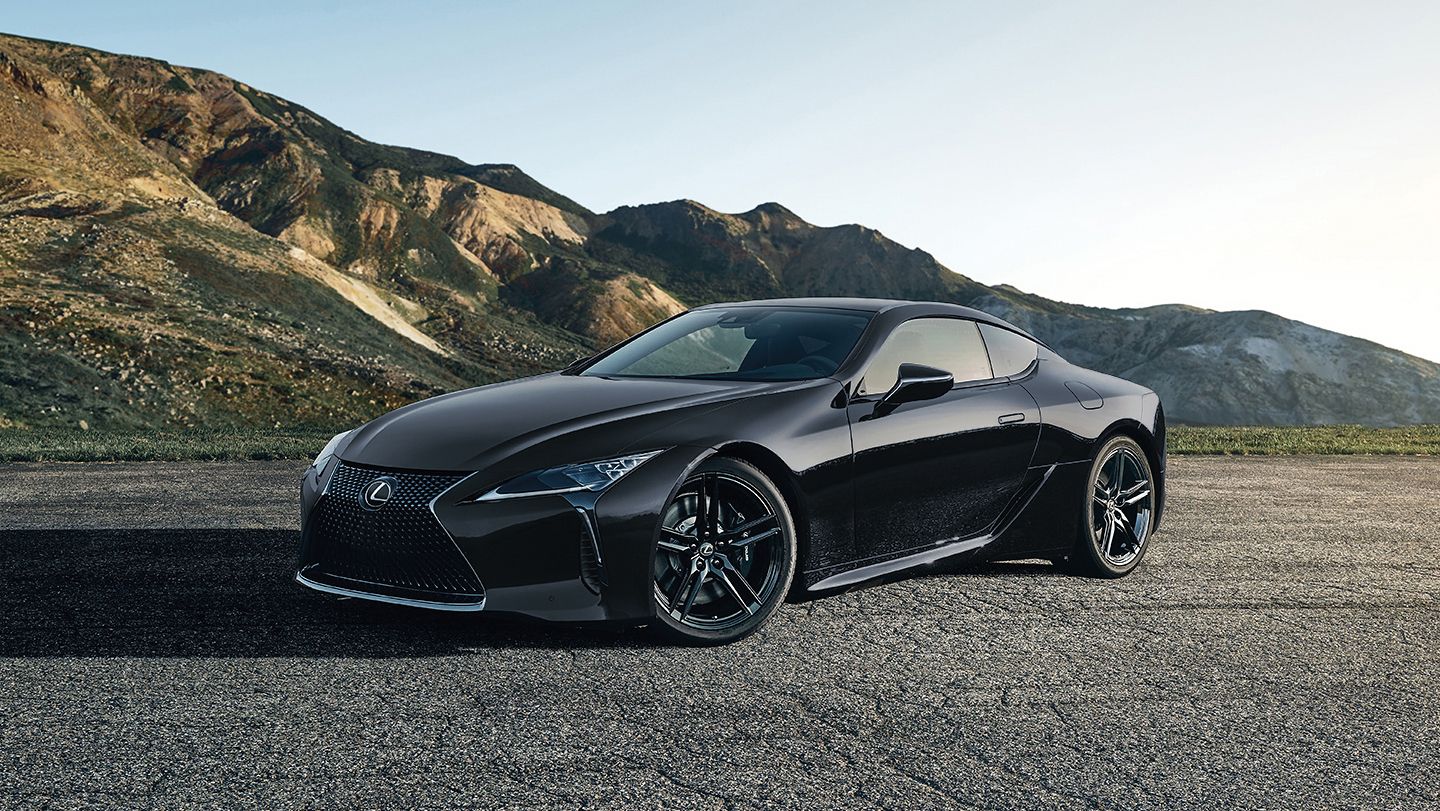
3. **Lexus LS 400 (1990–1994 Models)** Now, if the Corolla and Civic are the dependable workhorses, the Lexus LS 400 is the undisputed, silk-gloved champion of luxury reliability. When Toyota decided to launch Lexus in 1989 and unleash the LS 400 on the world, it wasn’t just a new car; it was a seismic event that sent shockwaves through the established luxury automotive market. This wasn’t just about competing with the German stalwarts like Mercedes-Benz and BMW; it was about utterly redefining the segment. While the Europeans brought prestige and performance, Lexus delivered a masterclass in serene silence, unparalleled comfort, and, most crucially, long-term dependability in a class that notoriously wasn’t known for it.
Toyota, bless their obsessive hearts, poured billions of dollars into meticulously over-engineering the LS 400. Their mission: create a flagship that didn’t just look and feel luxurious, but would outlast anything else its competitors threw at it. And oh, did they succeed. The secret weapon under the hood was the legendary 1UZ-FE engine – a 4.0-liter V8 that wasn’t merely smooth and powerful, but practically indestructible. This marvel of engineering has been known to churn out over half a million miles with nothing more than diligent, routine maintenance. We’re talking about an engine designed to outlive its owner, quite literally.
Every single component of the LS 400, from its transmission and suspension to its climate control systems, was designed with ridiculously high tolerances and an unwavering focus on durability. Unlike its European contemporaries, which often developed electrical gremlins and interior rattles as they aged, the LS 400’s electronics were rock-solid, and its body panels and sumptuous interior components aged with a grace that bordered on the miraculous. This wasn’t just a car that survived the passage of time; it actively defied it. Even today, you can find original LS 400s from the early ’90s that, after three decades, still operate and feel remarkably close to their factory-fresh condition. That is not just impressive; it’s a testament to a level of engineering integrity that is rarely seen, especially from a brand that was, at the time, completely new to the luxury arena. The LS 400 wasn’t just reliable; it was a statement.
Car Model Information: 2023 Honda Civic Sport
Name: Lexus LS
Caption: Lexus LS 500
Manufacturer: Toyota
Aka: Toyota Celsior (Japan, 1989–2006)
Production: May 1989 – present
ModelYears: 1990–present
Assembly: Tahara, Aichi
Class: unbulleted list
BodyStyle: Sedan (automobile)
Layout: unbulleted list
Categories: 1990s cars, 2000s cars, 2010s cars, 2020s cars, All-wheel-drive vehicles
Summary: The Lexus LS (Japanese: レクサス・LS, Hepburn: Rekusasu LS) is a series of full-size luxury sedans that have served as the flagship model of Lexus, the luxury division of Toyota, since 1989. For the first four generations, all LS models featured V8 engines and were predominantly rear-wheel-drive. In the fourth generation, Lexus offered all-wheel-drive, hybrid, and long-wheelbase variants. The fifth generation changed to using a V6 engine with no V8 option, and only one length was offered.
As the first model developed by Lexus, the LS 400 debuted in January 1989 with the second generation debuting in November 1994. The LS 430 debuted in January 2000 and the LS 460/LS 460 L series in 2006. A domestic-market version of the LS 400 and LS 430, badged as the Toyota Celsior (Japanese: トヨタ・セルシオ, Hepburn: Toyota Serushio), was sold in Japan until the Lexus marque was introduced there in 2006. In 2006 (for the 2007 model year), the fourth generation LS 460 debuted the first production eight-speed automatic transmission and an automatic parking system. In 2007, V8 hybrid powertrains were introduced on the LS 600h/LS 600h L sedans.
Development of the LS began in 1983 as the F1 project, the code name for a secret flagship sedan. At the time, Toyota’s two existing flagship models were the Crown and Century models – both of which catered exclusively for the Japanese market and had little global appeal that could compete with international luxury brands such as Mercedes-Benz, BMW and Jaguar. The resulting sedan followed an extended five-year design process at a cost of over US$1 billion and premiered with a new V8 engine and numerous luxury features. The Lexus LS was intended from its inception for export markets, and the Lexus division was formed to market and service the vehicle internationally. The original LS 400 debuted to strong sales and was largely responsible for the successful launch of the Lexus marque.
Since the start of production, each generation of the Lexus LS has been manufactured in the Japanese city of Tahara, Aichi. The name “LS” stands for “Luxury Sedan”, although some Lexus importers have preferred to define it as “Luxury Saloon”. The name “Celsior” is taken from Latin word “celsus”, meaning “lofty” or “elevated”.
Get more information about: Lexus LS
Buying a high-performing used car >>>
Brand: Lexus Model: LS 400
Price: $27,589 Mileage: 27,524 mi.
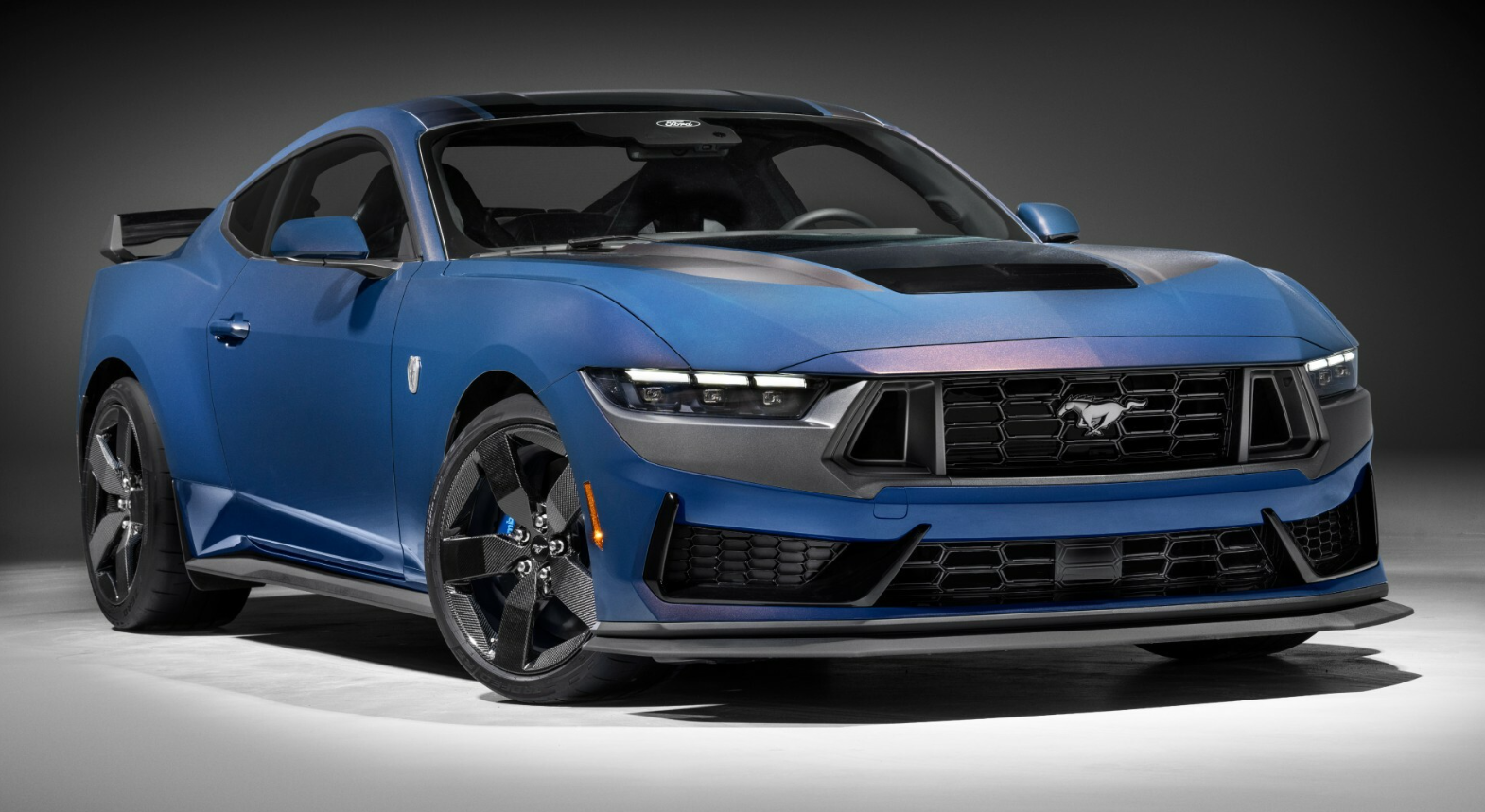
4. **Ford F-150 (1970s–1990s Models)** Alright, let’s talk about a different kind of legend, one built on grit, muscle, and an unwavering ability to get the job done: the Ford F-150. For decades, this beast of burden has been the undisputed king of the American road, a perennial best-selling pickup truck that’s practically woven into the fabric of the nation. While modern F-150s are technological marvels, the models from the 1970s through the 1990s cemented its reputation as an unkillable workhorse, proving that raw, rugged dependability can be just as captivating as any sports car. These trucks weren’t just vehicles; they were tools, partners, and sometimes, even family heirlooms passed down through generations.
What truly set these older F-150s apart was their sheer brute strength and robust engineering. Fitted with capable V6 and powerful V8 engines, these trucks could—and still can—haul heavy loads and tow trailers with an almost casual defiance. Whether it was a basic XL work truck, a more comfortable XLT, or something in between, the fundamental bones were built to last. You knew when you bought an F-150 from this era, you were getting something that could take a beating, keep on ticking, and ask for more. That peace of mind is invaluable, especially for those who rely on their truck for their livelihood or for getting through the toughest jobs.
Beyond the impressive hauling and towing capabilities, these F-150s also earned high safety ratings for their time, a crucial aspect for a vehicle that often serves as a family workhorse. The beauty of the F-series has always been its incredible versatility; whether you needed a bare-bones utility vehicle or something a bit more plush, there was an F-150 configuration for you. This enduring appeal means that even today, used models from these vintage decades still command respect and hold their value, a testament to their longevity. These trucks weren’t just about getting from point A to point B; they were about getting from Point A to Point B, C, D, and E, with a full bed and a trailer, without so much as a whimper. They embody a straightforward, no-nonsense reliability that modern vehicles often strive for but rarely achieve with the same level of consistent, decades-long success.
Car Model Information: 2022 Ford F-150 Raptor
Name: Ford F-Series
Caption: 2022 Ford F-150 Lariat Luxury
Manufacturer: Ford Motor Company
Aka: Ford Lobo (Mexico, 1992–present)
Production: 1948–present
Class: Pickup truck#Full-size pickup truck
Layout: Front-engine, rear-wheel-drive layout,rear-wheel drive
Predecessor: 1941 Ford
Categories: All-wheel-drive vehicles, All Wikipedia articles written in American English, All articles that may contain original research, All articles with unsourced statements, Articles that may contain original research from September 2020
Summary: The Ford F-Series is a series of light-duty trucks marketed and manufactured by the Ford Motor Company since model year 1948 as a range of full-sized pickup trucks — positioned between Ford’s Ranger and Super Duty pickup trucks. Alongside the F-150 (introduced in 1975), the F-Series also includes the Super Duty series (introduced in 1999), which includes the heavier-duty F-250 through F-450 pickups, F-450/F-550 chassis cabs, and F-600/F-650/F-750 Class 6–8 commercial trucks.
Get more information about: Ford F-Series
Buying a high-performing used car >>>
Brand: Ford Model: F-150
Price: $78,491 Mileage: 39,440 mi.

5. **Subaru Outback (Late 1990s–Early 2000s Models)** Now, let’s pivot slightly from the traditional truck and sedan heavyweights to a vehicle that carved its own unique path to reliability fame: the Subaru Outback. In the late 1990s and early 2000s, the Outback wasn’t just another wagon; it was a revelation. It blended the practicality of a station wagon with the rugged capability of an SUV, creating a segment-defining crossover that captured the hearts of adventurers, suburban families, and anyone who needed a vehicle that could handle whatever the road – or lack thereof – threw at it. For many, this was their first taste of a car that genuinely felt like it could take on the world.
The secret sauce, of course, was Subaru’s symmetrical all-wheel-drive system. While other manufacturers were dabbling in AWD, Subaru made it their cornerstone, perfecting a system that offered unparalleled traction and control in challenging weather conditions, from snow-laden mountain passes to muddy forest trails. This wasn’t a system you activated; it was always there, working seamlessly in the background, giving drivers an immense sense of confidence. Paired with Subaru’s famously durable boxer engines from that era, the Outback became a go-to for reliability, especially for those living in regions where the weather gods were less than forgiving.
The Outbacks of this vintage weren’t about flashy luxury or blistering speed; they were about functional design, robust construction, and a dogged determination to keep going, no matter the circumstances. They felt like a trusty companion, ready for a camping trip one weekend and the grocery run the next. While the specific details on their reliability in our context are succinct, their inclusion on a list of record-breaking dependable vehicles speaks volumes. It signifies a long-term reputation for enduring harsh conditions and high mileage without fuss, cementing their status among owners as a true, unwavering partner for life’s adventures. This era of the Outback truly embodied the spirit of preparedness and longevity, becoming a cherished icon for those who valued capability and steadfastness above all else.
Alright, after basking in the glory of cars that just wouldn’t quit, let’s flip the script and talk about those vehicles that started strong but fizzled out faster than a cheap firecracker on the Fourth of July. We’re moving from the steadfast companions to the heartbreakers, those machines that promised a dream but delivered a nightmare of breakdowns and disillusionment. These are the cars that might have caught your eye, captured your imagination, but ultimately left a sour taste in the mouth of their owners, proving that even the most appealing vehicles can betray your trust over time.
Car Model Information: 2022 Subaru Outback Limited
Name: Subaru Outback
Caption: 2023 Subaru Outback Premium
Manufacturer: Subaru
Production: 1994–present
ModelYears: 1995–present
Assembly: Ota, Gunma
Aka: Subaru Legacy
Class: Mid-size car
BodyStyle: station wagon
Categories: All Wikipedia articles written in American English, All articles with unsourced statements, Articles containing Japanese-language text, Articles with short description, Articles with unsourced statements from April 2012
Summary: The Subaru Outback is an automotive nameplate used by the Japanese automaker Subaru for two different themed vehicles: a Legacy-derived station wagon, the Outback (1994–present, also sold as Legacy Outback (Japanese: スバル・レガシィアウトバック, Hepburn: Subaru Regashi Autobakku) in some markets), and an Impreza-derived off-road themed hatchback, the Outback Sport (1994–2011).
Most versions of the Outback wagon and Outback Sport have had all-wheel drive as standard equipment.
Get more information about: Subaru Outback
Buying a high-performing used car >>>
Brand: Subaru Model: Outback
Price: $23,878 Mileage: 65,481 mi.
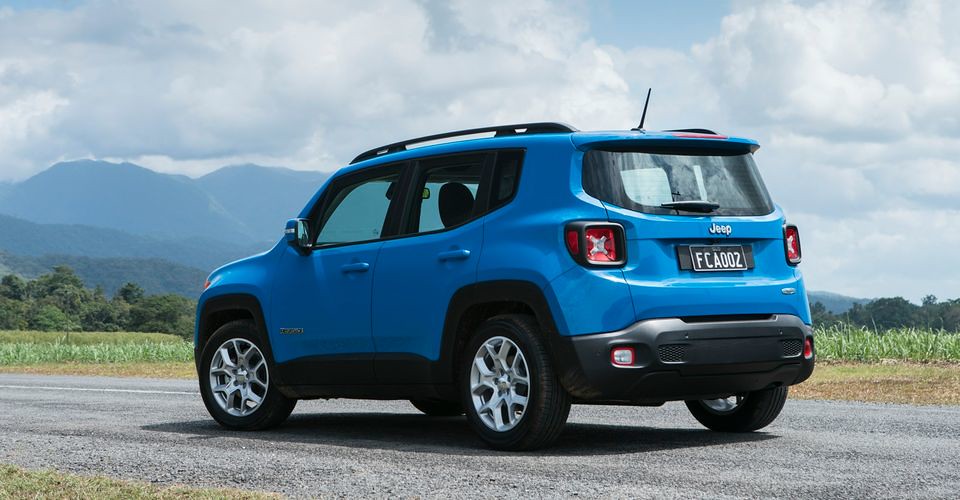
6. **Jeep Renegade** First up on our list of automotive heartbreakers is the Jeep Renegade. On the surface, this little SUV had “attention-grabbing looks,” a plucky demeanor, and the promise of Jeep’s adventurous spirit in a smaller, more city-friendly package. Many of us, myself included, saw the initial appeal. Who wouldn’t want a dash of off-road cred for the urban jungle, especially when it came wrapped in such a distinctive, almost cartoonish, package? It felt like a fresh take for the brand, and it certainly stood out from the crowd.
But here’s the kicker, and this is where the heartbreak truly sets in: our friends at Consumer Reports, whose testers often have a brutal honesty about these things, found that “it doesn’t take long for the Renegade’s charms to wear thin.” Ouch. That’s not just a criticism of a feature or a design choice; that’s a condemnation of the entire ownership experience. It feels “unfinished. Half-baked. Immature,” they warn, echoing the sentiment of owners who likely felt a sense of buyer’s remorse creeping in with every passing mile. It’s the kind of car that leaves you thinking, “What was I thinking?”
Think about it: you buy into the Jeep lifestyle, expecting rugged dependability and a bit of fun, only to find you’ve driven off the lot with “a rom-com’s Mr. Wrong.” The initial infatuation fades, and you’re left with the reality of a vehicle that just doesn’t deliver on its fundamental promises. It’s that crushing feeling when the dream of adventure clashes head-on with the disappointment of daily annoyances or, worse, unexpected issues. The numbers don’t lie, either: the Renegade’s Owner Satisfaction rating plunged a staggering 30 points over just three years, a drop so dramatic it’s almost impressive in its magnitude of disillusionment. That’s not a car you stay in love with; that’s a car you start actively avoiding at all costs.
Car Model Information: 2022 Jeep Renegade Trailhawk
Name: Jeep Renegade
Manufacturer: Jeep
Production: 2014–present
ModelYears: 2015–2023 (US & Canada),2015–present (Mexico)
Assembly: ubl
Designer: Jeremy Glover and Ian Hedge
Class: Subcompact crossover SUV
BodyStyle: SUV
Layout: Front-engine, front-wheel-drive layout
Platform: GM Fiat Small platform
Related: Fiat 500X,Fiat 500L,Fiat Tipo (2015),Fiat Toro
Engine: ubl
Motor: 45 kW
Abbr: on
Transmission: Fiat Powertrain Technologies,Fiat Powertrain Technologies,Fiat Powertrain Technologies,Fiat Powertrain Technologies,Aisin,Fiat Powertrain Technologies,ZF Friedrichshafen
Battery: lithium-ion battery
Drivetrain: PHEV
Wheelbase: 101.2 in
Length: 166.6 in
Width: 71.1 in
Height: 66.5 in
Weight: convert
Sp: us
Categories: 2020s cars, All-wheel-drive vehicles, All articles with bare URLs for citations, Articles with PDF format bare URLs for citations, Articles with bare URLs for citations from August 2024
Summary: The Jeep Renegade is a subcompact crossover SUV produced by Stellantis under their Jeep marque. It was first shown to the public in March 2014 at the Geneva Motor Show and production started in late August of that year. The Renegade was the smallest vehicle currently marketed by Jeep, until the arrival of the Avenger. It slots between the Avenger and the Compass. It is based on the FCA Small Wide 4×4 platform which is also shared with other FCA models, including from Fiat and Alfa Romeo brands.
The Renegade comes as standard with front-wheel drive, with optional four-wheel drive systems Active Drive I and Active Drive Low, both of which are paired with Jeep’s Selec-Terrain System.
Get more information about: Jeep Renegade
Buying a high-performing used car >>>
Brand: Jeep Model: Renegade
Price: $21,143 Mileage: 26,358 mi.
Read more about: 15 Vehicles Drivers Wish They Never Bought: An In-Depth Look at Buyer’s Remorse Magnets for Informed Consumers
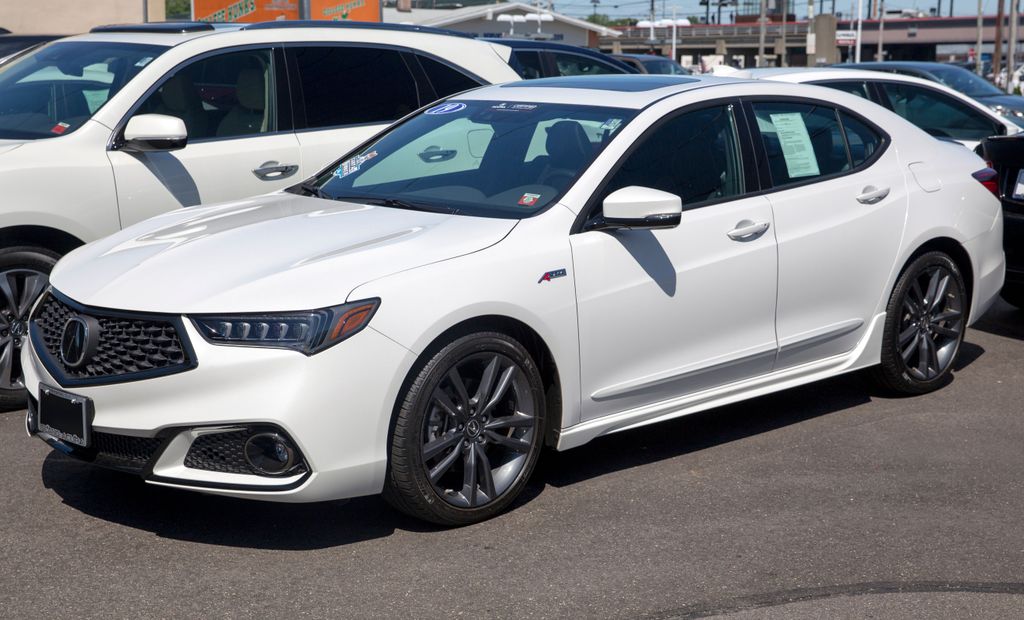
7. **Acura TLX** Next on our list of cars that seemed to promise a smooth ride but delivered a bumpy reality is the Acura TLX. Acura, being Honda’s luxury arm, has always tried to straddle that line between upscale refinement and bulletproof reliability. The TLX was supposed to be a solid contender in the midsize luxury sedan market, offering a blend of performance and comfort that would appeal to discerning buyers. Initial impressions might have been fine, perhaps even promising, but what happened a few years down the road tells a very different story about the owner experience.
The core issue here, as pointed out by CR’s testers, was a profound lack of connection between the owners and their machines. It wasn’t just about a few minor gripes; it was about fundamental user experience flaws that made daily driving a chore rather than a pleasure. Imagine this: you’ve shelled out for a premium badge, expecting seamless operation, only to be met with a “clunky dash setup” that’s not just annoying but actively “distracting.” In today’s tech-heavy automotive world, an intuitive interface is non-negotiable, and the TLX apparently missed the memo, turning every interaction into a battle.
And let’s not even get started on the transmission. An “unintuitive shifter” is one thing, but when the “optional nine-speed transmission… shifts in a way that spoils the otherwise calm V6 engine,” you’ve got a recipe for pure frustration. That’s like ordering a gourmet meal and finding the chef decided to throw in a handful of gravel for “texture.” It utterly ruins the whole experience, making what should be a smooth, luxurious drive feel disjointed and unrefined. Owners clearly felt this disconnect, as the TLX’s Owner Satisfaction rating plummeted 28 points over three years. That kind of drop isn’t just a slight dip; it’s a full-blown automotive breakup, leaving owners wondering what they ever saw in it to begin with.
Car Model Information: 2021 Acura TLX Advance
Name: Acura TLX
Caption: 2016 Acura TLX
Manufacturer: Honda
Production: July 2014 – July 2025
ModelYears: 2015–2025
Class: Entry-level luxury car
BodyStyle: Sedan (automobile)
Layout: Front-engine, front-wheel-drive,Front-engine, four-wheel-drive layout
Predecessor: Acura TL,Acura TSX
Categories: 2020s cars, Acura vehicles, All-wheel-drive vehicles, All Wikipedia articles written in American English, Articles with short description
Summary: The Acura TLX is a four-door entry-level luxury sedan sold by Acura, a luxury division of Honda, since 2014 for the 2015 model year. It is the successor to both the TL and TSX models. The discontinuation of the RLX after the 2020 model year left the TLX as the flagship sedan in Acura’s lineup. Acura ended production of the TLX with the 2025 model year due to declining sales.
Get more information about: Acura TLX
Buying a high-performing used car >>>
Brand: Acura Model: TLX
Price: $28,000 Mileage: 54,134 mi.
Read more about: Look Like a Million Bucks on a Budget: 10 Jaw-Dropping Cars That Offer Luxury Without the Lavish Price Tag
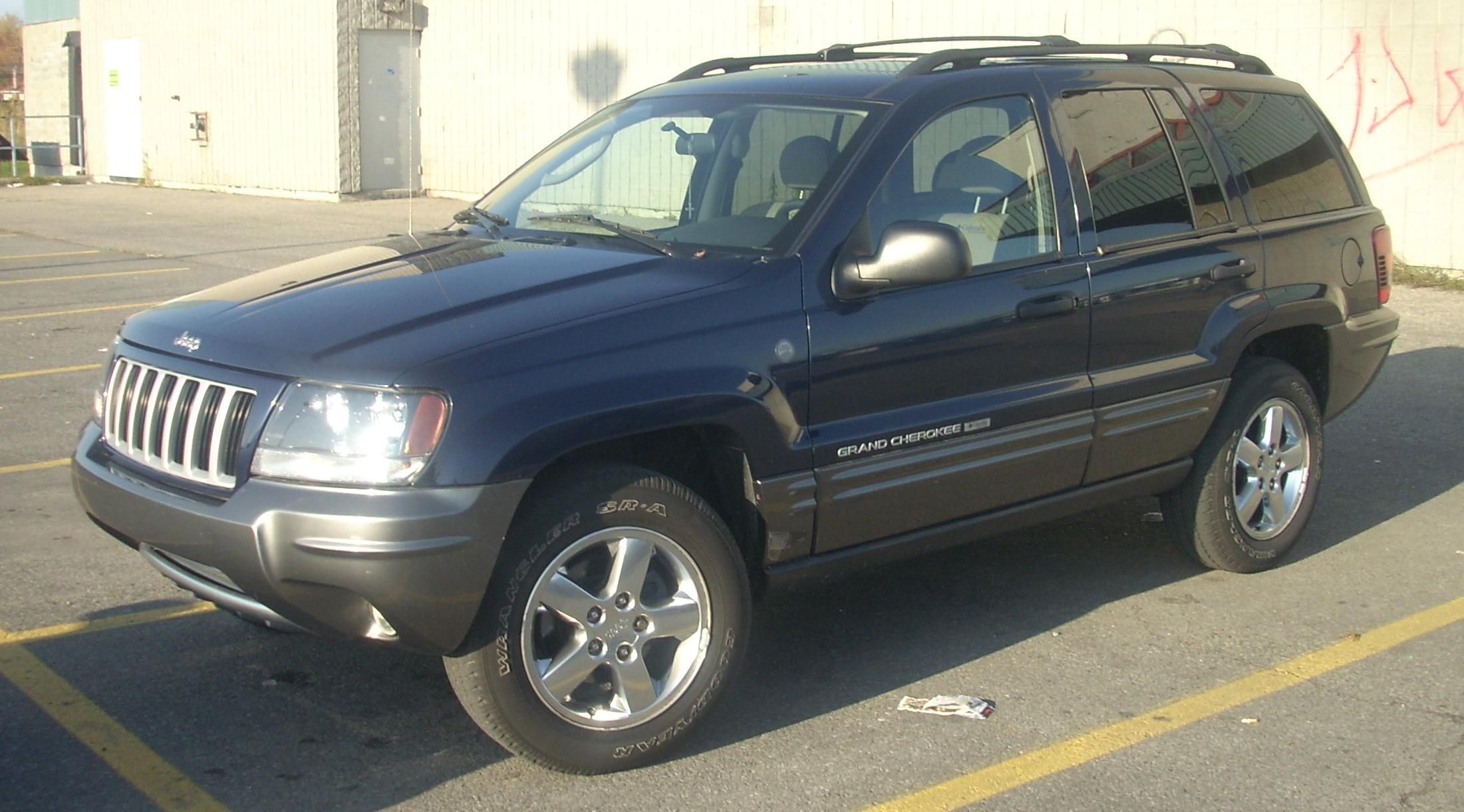
8. **Jeep Cherokee** Another Jeep finds itself in the heartbreaker category, and this time it’s the Cherokee. Now, the Cherokee nameplate carries a lot of weight, conjuring images of rugged capability and off-road prowess. For many, it’s a symbol of American adventure, a vehicle ready to tackle anything. So, when a new generation comes out, there’s a certain expectation, a hope that it will live up to that storied legacy. The Cherokee, for a time, certainly looked the part, with its distinctive styling and the promise of that quintessential Jeep capability.
However, the reality for many owners of the outgoing model was far from the adventurous dream. Consumer Reports reviewers held nothing back, stating unequivocally that the car “fails to get a lot of the day-to-day basics right.” That’s a damning indictment, isn’t it? It’s not just that it didn’t excel; it couldn’t even manage the fundamentals of a modern vehicle. And if that wasn’t enough to sour the ownership experience, consider the “pathetic” fuel economy and performance from the standard four-cylinder engine. Pathetic! That’s a word you don’t want associated with your daily driver, especially when you’re shelling out good money for a vehicle from a brand known for its ruggedness.
This clash between the “promise of a well-known nameplate” and the “real-world complaints” is exactly why so many Cherokee owners found themselves in a one-sided relationship that just couldn’t work. You buy a Jeep, you expect a certain level of robustness and capability, but instead, you get a car that can’t even nail the basics, leaving you stranded metaphorically, if not literally. It’s the kind of disappointment that makes you question your entire automotive philosophy. The market certainly reflected this sentiment, with the Cherokee’s Owner Satisfaction rating dropping a significant 26 points over three years. It’s almost as if owners collectively threw their hands up and said, “Nope, not worth the trouble,” abandoning the dream.
Car Model Information: 2022 Jeep Grand Cherokee Limited X
Name: Jeep Cherokee
Caption: Fifth generation (KL)
Manufacturer: Jeep
Aka: Jeep Liberty
ModelYears: unbulleted list
Class: unbulleted list
Layout: unbulleted list
Chassis: unbulleted list
Categories: All-wheel-drive vehicles, Anti-Indigenous racism in the United States, Articles with short description, Compact sport utility vehicles, Crossover sport utility vehicles
Summary: The Jeep Cherokee is a line of sport utility vehicles (SUV) manufactured and marketed by Jeep over six generations. Marketed initially as a variant of the Jeep Wagoneer (SJ), the Cherokee has evolved from a full-size station wagon (before the SUV description came into use) to one of the first compact SUVs and into its latest generation as a crossover SUV.
Named after the Cherokee tribe of Native Americans in the United States, Jeep has used the nameplate in some capacity since late 1973 when American Motors Corporation (AMC) introduced the 1974 model year line.
Production of the Cherokee ended in February 2023. The Cherokee nameplate has since been used by the Grand Cherokee and its extended version, the Grand Cherokee L.
Get more information about: Jeep Cherokee
Buying a high-performing used car >>>
Brand: Jeep Model: Cherokee
Price: $27,263 Mileage: 34,132 mi.
Read more about: Hollywood’s Haunting Final Bow: The Enduring Tragedies and Legacies of 14 Iconic Stars
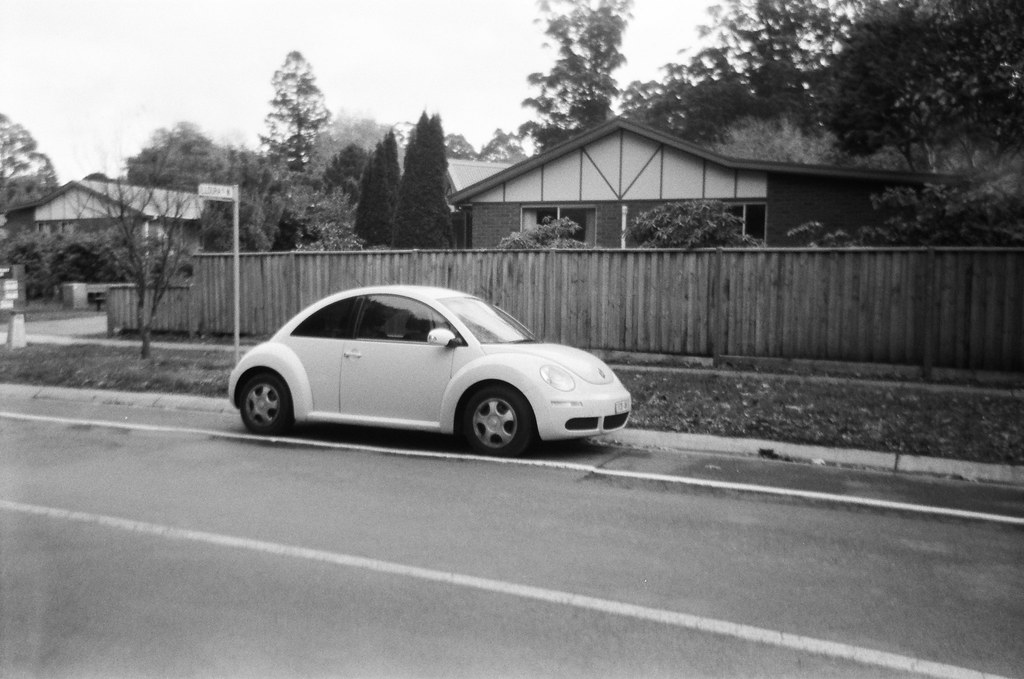
9. **Volkswagen Beetle** Oh, the Volkswagen Beetle. This car isn’t just transportation; it’s a cultural icon, a cheerful symbol of individuality and whimsical design. For decades, the Beetle evoked smiles, nostalgia, and a certain undeniable charm that few other cars could match. So, when the modern iteration came along, many were captivated by its retro-chic appeal, hoping to recapture some of that legendary spirit. It certainly looked “cheery” on the outside, a delightful counterpoint to the increasingly aggressive and often bland designs dominating the roads, promising a unique and joyful driving experience.
But as with many relationships built primarily on looks, the deeper issues started to surface, turning that initial charm into a lingering regret. Consumer Reports notes a crucial factor: the Beetle hadn’t received a major update since 2012. In the fast-paced automotive world, that’s practically an eternity, especially for a car vying for attention against constantly evolving competitors. While some cars can get away with minimal changes, the Beetle’s failure to evolve clearly played a significant role in owners’ “change of heart.” It’s tough to stay in love with something that refuses to grow with the times, especially when every other car on the road seems to be getting smarter and more sophisticated.
Beyond the stagnation, there were more serious underlying concerns that chipped away at the Beetle’s cuteness. A “low predicted reliability score” is never a good sign, indicating that owners were likely facing more than just a lack of new features – they were dealing with actual breakdowns or consistent headaches that drain both wallet and patience. And then there’s the truly concerning “Marginal” score on the IIHS’ Front Small Overlap crash test. Suddenly, that “cheery retromobile” doesn’t seem quite so cute when you consider its ability to protect you in an accident. These real-world issues transformed a charming novelty into a sobering disappointment, leading to a 20-point drop in owner satisfaction over three years. It seems that even the most iconic designs can’t overcome fundamental flaws in reliability and safety when it truly matters.
Car Model Information: 1971 Volkswagen Super Beetle Base
Sp: uk
Name: Volkswagen Type 1,”Beetle”
Caption: 1965–1966 Volkswagen Käfer
Manufacturer: Volkswagen
Alt: A front-three quarters view of a pale-yellow Volkswagen Käfer. It features 165/80R15 tires, which shod 15×4. 5″ silver, circular wheels. The Käfer features a beetle-like body, and its window is open. The picture is taken with much greenery in the background, and the photo was edited to give it a more warmer tone.
Aka: List of names for the Volkswagen Type 1
Assembly: #Markets and assembly
Designer: Ferdinand Porsche
Class: Small family car
BodyStyle: Sedan (automobile),convertible
Production: 1938–2003,21,529,464 produced
Successor: Volkswagen Golf Mk1,Volkswagen Gol#First generation (Typ30, 1980),Volkswagen New Beetle
Layout: Rear-engine, rear-wheel-drive layout
Engine: Petrol,Volkswagen air-cooled engine,1192 cc H4,1285 cc H4,1493 cc H4,1584 cc H4
Transmission: manual transmission,Saxomat,Autostick
Wheelbase: convert
Length: convert
Width: convert
Height: 1500 mm
Abbr: on
Weight: convert
Categories: 1940s cars, 1950s cars, 1960s cars, 1970s cars, 1980s cars
Summary: The Volkswagen Beetle, officially the Volkswagen Type 1, is a small family car produced by the German company Volkswagen from 1938 to 2003. Considered a global cultural icon, the Beetle is widely regarded as one of the most influential cars of the 20th century. Its production period of 65 years is the longest of any single generation of automobile, and its total production of over 21.5 million is the most of any car of a single platform and the second-most of any nameplate produced in the 20th century.
The Beetle was conceived in the early 1930s. The leader of Nazi Germany, Adolf Hitler, decided there was a need for a people’s car—an inexpensive, simple, mass-produced car—to serve Germany’s new road network, the Reichsautobahn. The German engineer Ferdinand Porsche and his design team began developing and designing the car in the early 1930s, but the fundamental design concept can be attributed to Béla Barényi in 1925, predating Porsche’s claims by almost ten years. The result was the Volkswagen Type 1 and the introduction of the Volkswagen brand. Volkswagen initially slated production for the late 1930s, but the outbreak of war in 1939 meant that production was delayed until the war had ended. The car was originally called the Volkswagen Type 1 and marketed simply as the Volkswagen. It was not until 1968 that it was officially named the “Beetle”.
Volkswagen implemented designations for the Beetle in the 1960s, including 1200, 1300, 1500, 1600, 1302, and 1303. Volkswagen introduced a series of large luxury models throughout the 1960s and 1970s—comprising the Type 3, Type 4 and K70—to supplement the Beetle, but none of these models achieved the level of success that it did. Rapidly changing consumer preferences toward front-wheel drive compact hatchbacks in Europe prompted Volkswagen’s gradual shift away from rear-wheel drive, starting with the Golf in 1974. In the late 1970s and ’80s, Japanese automakers dominated some markets around the world, which contributed to the Beetle’s declining popularity.
Over its lifespan, the Beetle’s design remained consistent, yet Volkswagen implemented over 78,000 incremental updates. These modifications were often subtle, involving minor alterations to its exterior, interior, colours, and lighting. Some more noteworthy changes included the introduction of new engines, models and systems, such as improved technology or comfort. The Beetle maintains a substantial cultural influence and is regarded as one of the most iconic vehicles in automotive history; its success largely influenced the way automobiles are designed and marketed, whilst propelling Volkswagen’s introduction of a Golf-based series of vehicles.
Get more information about: Volkswagen Beetle
Buying a high-performing used car >>>
Brand: Volkswagen Model: Beetle
Price: $18,999 Mileage: 96,000 mi.
Read more about: 11 Compelling Reasons Why Classic Cars Unquestionably Outperform Modern Vehicles: An Expert’s Deep Dive into Timeless Automotive Superiority
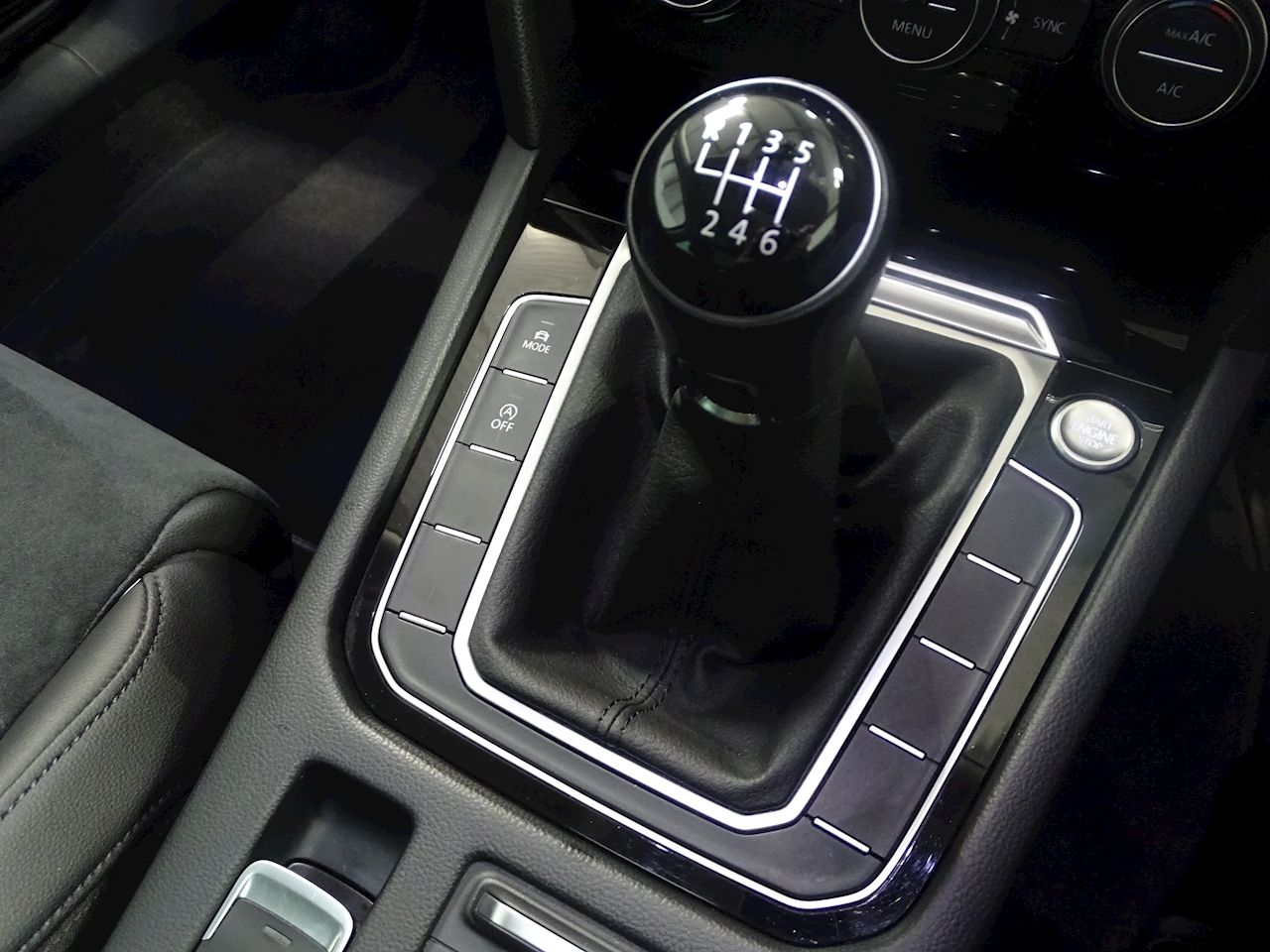
10. **Volkswagen Passat** Rounding out our list of vehicles that caused significant heartbreak is another Volkswagen, the Passat. For years, the Passat had a reputation as an “agile sedan with a European feel,” offering a refined driving experience that set it apart from its more anodyne competitors. It was the choice for those who appreciated understated quality and a bit of dynamic flair, a proper driver’s car in a segment often devoid of excitement. Then came 2012, and with it, a “total makeover” that VW intended to tailor the Passat to what they *thought* American buyers wanted: bigger and less expensive.
The problem, as it so often is, was a fundamental misunderstanding of the target audience and what they truly valued. Owners who had come to expect a certain level of driving engagement and European precision found themselves with a car that felt like an entirely different beast. As CR’s testers eloquently put it, “Buyers ended up with a couch potato when they thought they’d chosen an athlete.” That’s a gut punch, isn’t it? It’s the automotive equivalent of ordering a fine steak and getting a lukewarm hot dog. The driving dynamics were dulled, the crispness gone, replaced by something far blander and less engaging, a shadow of its former self.
And the disappointment didn’t stop there. Beyond the compromised driving experience, the car’s interior and features also fell short of expectations. Our testers noted that the “fit and finish isn’t that impressive,” and the car was “a bit stingy with standard features.” So, not only did it lose its athletic edge, but it also skimped on the perceived value, feeling cheaper inside than its predecessors. When you buy a car, you expect it to hold up, feel well-built, and offer a reasonable amount of kit for your money. The Passat, in this iteration, seemingly failed on all fronts, leading to an 18-point drop in its Owner Satisfaction rating over three years. It’s a classic case of trying to be everything to everyone and ending up being nothing special to anyone, leaving a trail of disappointed owners in its wake.
**Why These Cars Remind Us to Look Deeper**
So there you have it: a journey through the glorious highs of automotive dependability and the frustrating lows of vehicles that just couldn’t keep their promises. From the stalwarts that will run forever to the heartbreakers that left owners scratching their heads and reaching for their wallets, this list serves as a powerful reminder. It’s not just about the shiny paint or the horsepower numbers; it’s about the long game, the day-in, day-out reality of living with a car. It’s about that enduring bond, or lack thereof, that defines the true ownership experience.
These “honeymoon is over” cars aren’t just statistics; they’re cautionary tales that highlight the critical difference between initial appeal and enduring satisfaction. They remind us that sometimes, a brand’s legacy or a car’s looks can blind us to deeper flaws that only emerge with time. Whether it’s a clunky infotainment system, a disappointing transmission, a general failure to meet basic expectations, or even concerning safety scores, these issues can quickly erode the bond between owner and vehicle, turning a dream into a disaster faster than you can say “check engine light.”
Car Model Information: 2015 Volkswagen Passat 1.8T Auto Wolfsburg Ed
Name: Volkswagen Passat
Caption: Passat B9
Manufacturer: Volkswagen
Aka: Volkswagen Dasher,Volkswagen Quantum,Volkswagen Santana,Volkswagen Corsar,Volkswagen Magotan (China),Volkswagen Carat
Production: 1973–present
Class: Mid-size car
Layout: Front-engine, front-wheel-drive layout
Predecessor: Volkswagen Type 4,Volkswagen Type 3,Volkswagen K70
Successor: Volkswagen ID.7
Sp: uk
Categories: 1970s cars, 1980s cars, 1990s cars, 2000s cars, 2010s cars
Summary: The Volkswagen Passat is a nameplate of large family cars (D-segment) manufactured and marketed by the German automobile manufacturer Volkswagen since 1973 and also marketed variously as the Dasher, Santana, Quantum, Magotan, Corsar and Carat — in saloon, estate, and hatchback body styles.
A “four-door coupé” variant of the Passat with a lower roof was released in the North American market in 2008 as the Passat CC, which was then renamed to Volkswagen CC. The CC was succeeded by the Arteon in 2017.
In January 2011, Volkswagen introduced a separate Passat model line, internally designated “Volkswagen New Midsize Sedan” or NMS, that was manufactured in the US at the Chattanooga assembly plant and in China at Nanjing by SAIC-Volkswagen. Developed to increase Volkswagen sales in North America, the Passat NMS is larger and costs less to produce, and is sold in the North America, South Korea, China, and Middle East. The separate B8 Passat model entered production
, based on the MQB platform.
In 2019, the Passat NMS program was split into two as the North American one continued being produced on an older platform while the Chinese Passat moved on to the MQB platform, which resulted in Volkswagen marketing three models under the Passat nameplate globally at that time. The North American Passat was discontinued after the 2022 model year.
Volkswagen ended the production of the saloon Passat for the European market in 2022. The B9 Passat, released in 2023, is only available in an estate body style. The Passat continues to be available as a saloon in China.
The “Passat” is one of several Volkswagen models named after a wind: “Passat” is the usual German word for “Trade winds”.
Get more information about: Volkswagen Passat
Buying a high-performing used car >>>
Brand: Volkswagen Model: Passat
Price: $8,777 Mileage: 114,218 mi.
Read more about: Buckle Up! The 10 Cars Everyone Associates with ‘Difficult Driver’ Stigmas (And Why!)
As enthusiasts, as daily commuters, as anyone who spends their hard-earned cash on a set of wheels, we learn from both the triumphs and the failures. The truly reliable cars teach us about good engineering, thoughtful design, and the peace of mind that comes with knowing your ride has your back, ready for any adventure. The heartbreakers, on the other hand, teach us the invaluable lesson of looking beyond the surface, doing our research, and perhaps, tempering our expectations. Because in the end, the best car isn’t just the one that looks good in the showroom; it’s the one that keeps you smiling, year after year, mile after mile, without ever breaking your heart.


